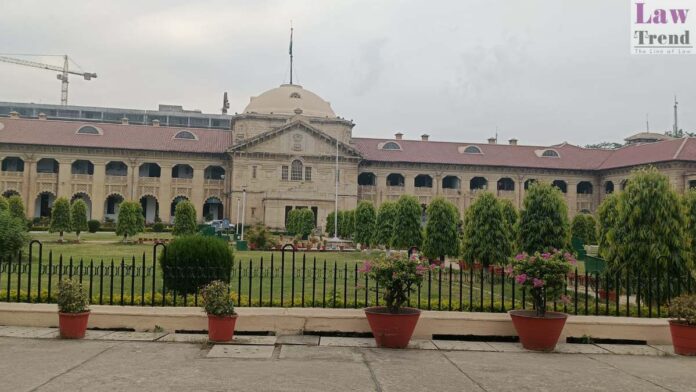In a landmark judgment, the Allahabad High Court overturned a decision by the Employees Compensation Commissioner, affirming that a casual worker engaged in repair and painting work qualifies as an “employee” under the Employees Compensation Act, 1923. Justice Vipin Chandra Dixit presided over the case, First Appeal From Order No. 1596 of 2022. The case
To Read More Please Subscribe to VIP Membership for Unlimited Access to All the Articles, Download Available Copies of Judgments/Order, Acess to Central/State Bare Acts, Advertisement Free Content, Access to More than 4000 Legal Drafts( Readymade Editable Formats of Suits, Petitions, Writs, Legal Notices, Divorce Petitions, 138 Notices, Bail Applications etc.) in Hindi and English.




